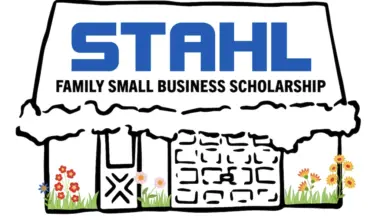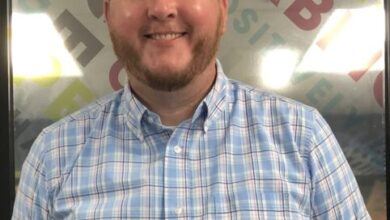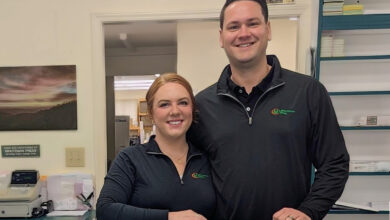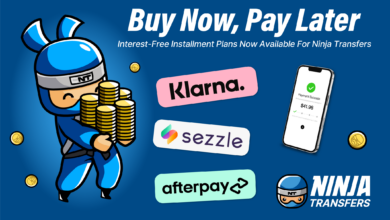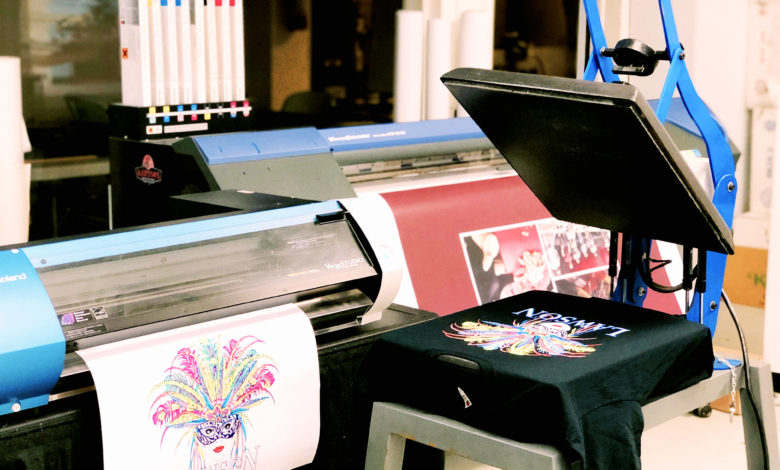
After you have decided that purchasing a turnkey equipment package is right for you, the next question becomes what to add. There are a variety of options, so here are some of the most common types, along with pros and cons.
Screen printing is an option no matter what type of printing you do now. This might be the most popular choice as customers always want T-shirts. Plus, screen printing is a versatile method of decorating. Besides garments, popular screen-printed items include tote bags, koozies, and promotional items.
If you already sell shirts and have a contract printer do the actual production, you understand the basic operation and lingo. When you add a screen-printing startup package, you suddenly control the production. Most people who start screen printing for themselves find a dramatic increase in quality and faster turnaround times, leading to happier customers and more income.
Basic turnkey screen-printing equipment includes a printing machine, flash unit, conveyor dryer, and exposure unit, but note that packages vary from basic to advanced depending on budget and production needs.
One of the simplest turnkey equipment packages to add is direct-to-garment (DTG) printing. Those looking to produce one-off shirts, highly customized offers, or just want to print on-demand have the most success with this equipment. The DTG machine is self-contained, and you can start as soon as it is out of the box. To have a turnkey operation, all you need is a DTG printer, pre-treat sprayer, and heat press.
Operating the DTG equipment is simple. Printing is similar to outputting an art file. It is processed through a RIP, and the printer prints directly onto the shirt. You do need to pre-treat dark garments, but the process is straightforward and repeatable.
The biggest drawback of DTG printing is the cost efficiency. For small runs, DTG printing makes sense, especially compared to screen printing or vinyl. However, you cannot spread your costs over long runs as you can with screen printing.
Hybrid printing is a good turnkey option for businesses that are already screen printing. This vanguard technology of garment decorating continues the cost savings of screen printing with the high color capacity and customization of DTG printing. Adding this option is easy for screen printers, as all you need to do is sync a hybrid digital printer to your existing manual or automatic screen-printing press.
The real benefit is for production runs in the 50- to 300-piece range. A business that is totally new to screen printing would need to buy more equipment for both a screen-printing setup and the hybrid printer itself.
If you already decorate garments, think about adding a wide-format printer or vinyl printing. Often, the right piece of equipment can be used both ways. To get started with this, all you need is a printer/cutter machine.
This might be the easiest turnkey equipment option for beginners, because one machine gets you into the business. From a learning curve standpoint, it might be the easiest to get started as it is essentially plug-and-play. This type of digital printing is easy to do and can produce a combination of signs and banners, along with stickers and decals. Getting into this type of printing typically requires the most upfront capital, however, as quality desktop units typically start around $8,000.

